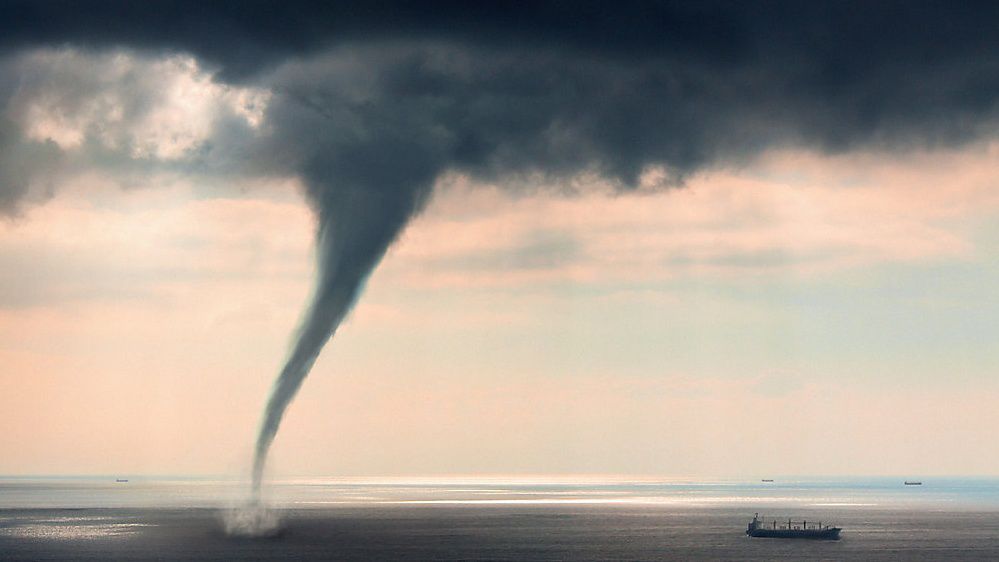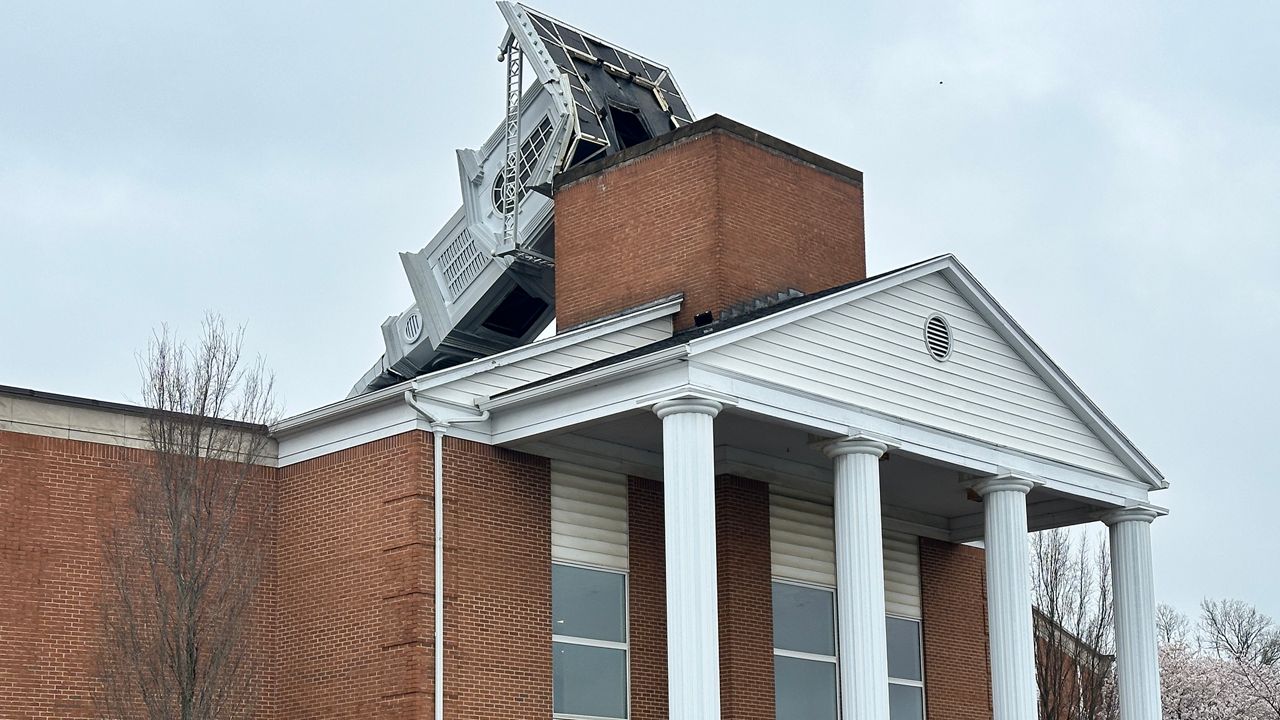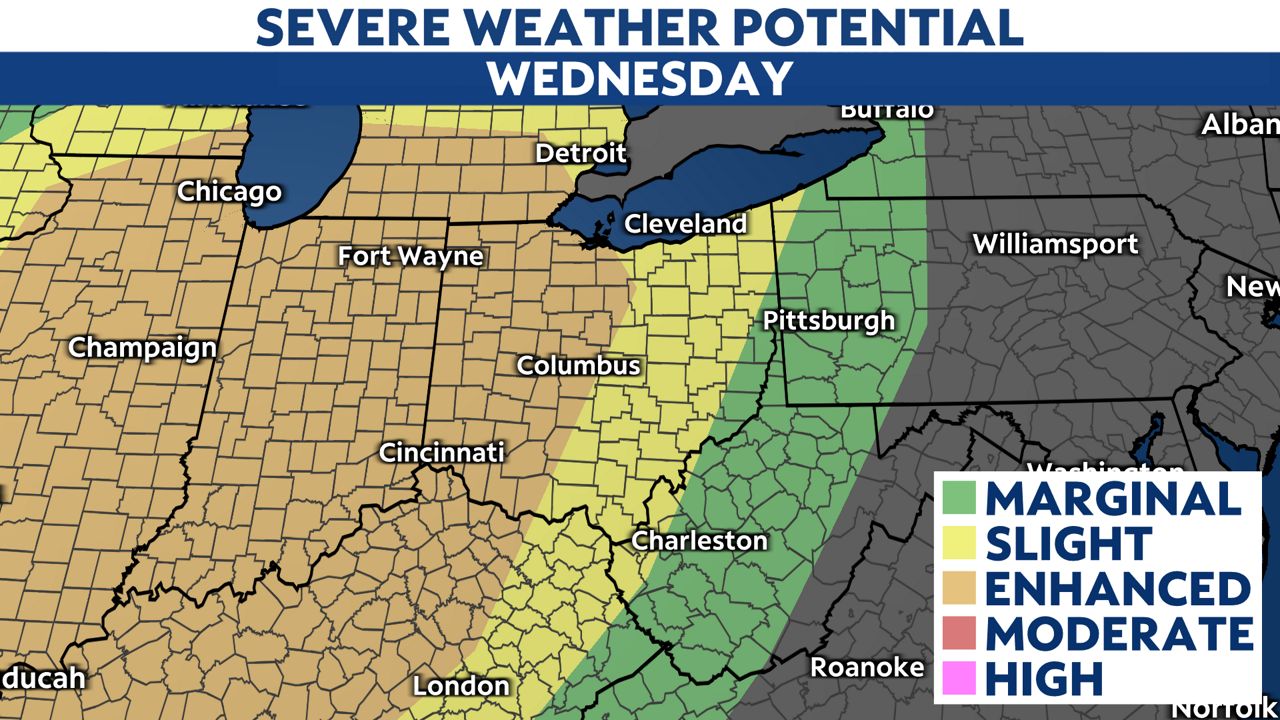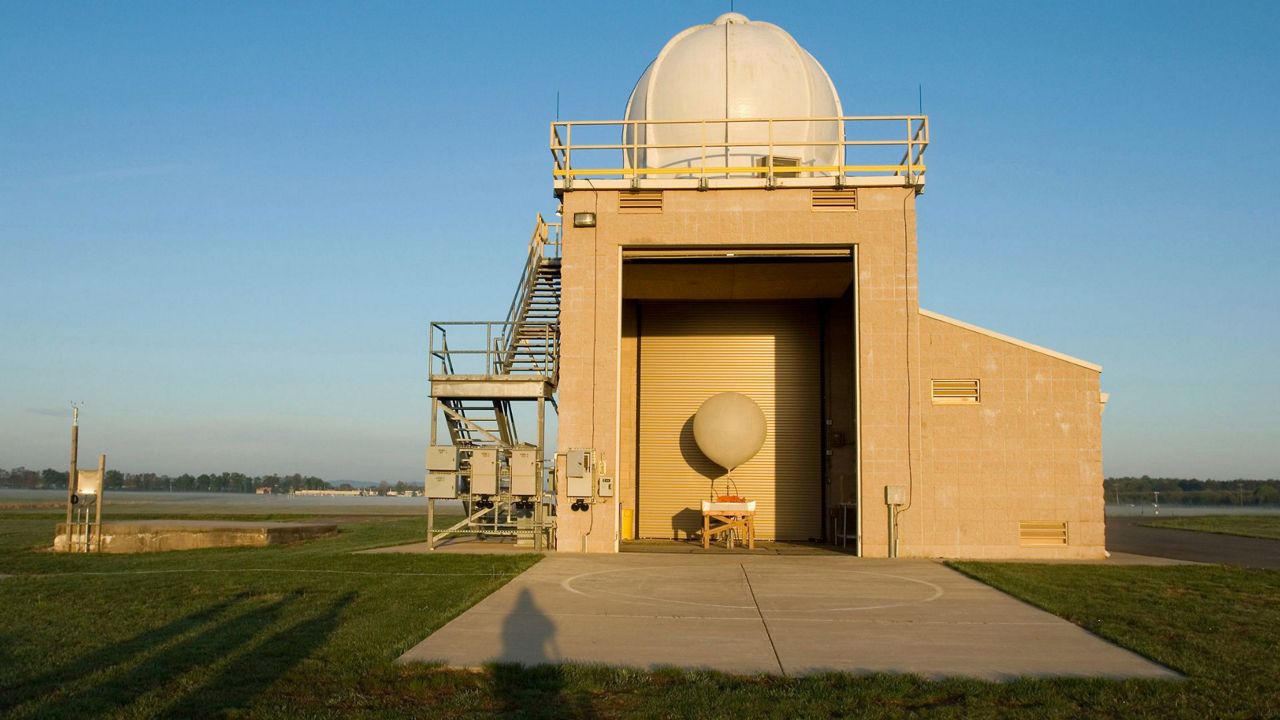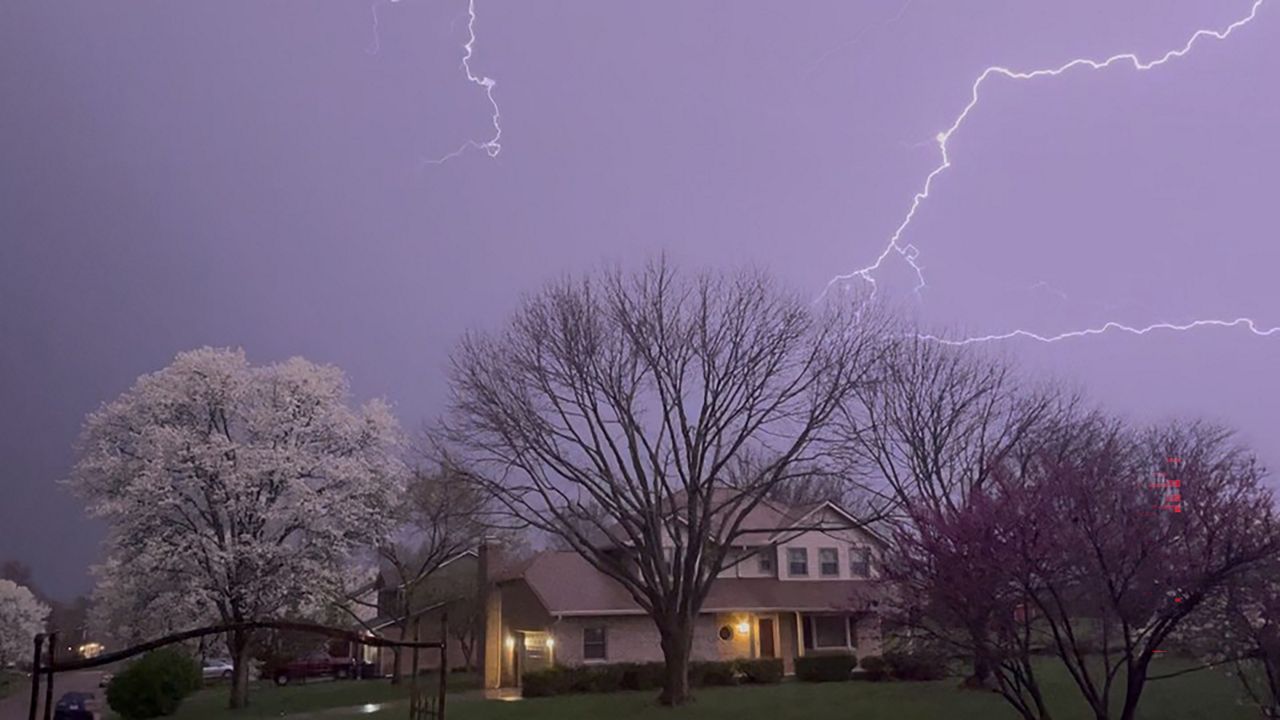It’s that time of year for... waterspouts? Yes, waterspouts are common on the Great Lakes from the late summer to early fall.
According to the International Centre for Waterspout Research, the Great Lakes had a record-breaking 84 waterspouts in early August! On Aug. 5 alone, there were 41 waterspouts or funnel clouds reported over Lake Erie.
ICWR is calling it "The Great Waterspout Outbreak of 2020," which breaks the record of 67 set back in 2013.
This time of year, the Great Lakes are at their warmest. Shallower water can rise to 80 degrees especially in Lake Erie.
Warm lake temperatures coupled with cooler air from Canada are two key conditions for the development of waterspouts. If you remember in early August, we had a taste of fall with below average highs.
Most likely, more waterspouts occurred, but no one could see them in the middle of the lake! Social media reports in recent years have helped make it easier to report waterspouts than in the past.
So what exactly is a waterspout?
The National Oceanic Atmospheric Administration (NOAA) defines a waterspout as "a funnel which contains an intense vortex, sometimes destructive, of small horizontal extent and occurs over a body of water."
Simply put, waterspouts are tornadoes that develop over water, like this one:
Hearing the word tornado, though, you automatically assume the worst. But, not all waterspouts cause damage or make an impact, especially those over the Great Lakes.
There are two types of waterspouts that exist, though. There are tornadic ones, and there are also fair-weather waterspouts.
Tornadic waterspouts develop inside of thunderstorms, similar to a more typical land tornado. This type of waterspout has been known to become destructive and last for a long period of time.
They form at the bottom of a thunderstorm cloud, where rotation from higher up in the cloud extends down to the water.
Meanwhile, fair weather waterspouts are what Ohioans along Lake Erie have grown accustomed to seeing a few times each year. These are weaker than their tornadic counterparts, but they can become dangerous to boaters or anyone out on the water.
Fair weather waterspouts are different from tornadic waterspouts for a number of reasons. For starters, they develop near the surface and then grow upward.
When drier and cooler air from above interacts with the warm water, an updraft is created. Eventually, the spinning motion stretches from the water to the cloud. This leads to the funnel you see.
According to ICWR, there was a quadruple waterspout in Zambrone, Italy on Aug. 5, 2020!
This example may not have been a part of the "The Great Waterspout Outbreak of 2020" in the Great Lakes, but the record did happen in the Great Lakes! The record is 12 confirmed over Northern Lake Huron in the 1980s.
This image from the National Weather Service in Cleveland shows a possible waterspout on Lake Erie. The upper left image shows winds blwoing in opposite direction indicating circulation. This looks similar to what meteorologists show on TV during a tornado! Both a waterspout and a tornado need circulation and you can see this using velocity.
Keep your eyes on the lakes this time of year, and remember, even though the pictures and video of these water tornadoes are great, make sure you get them safely.





